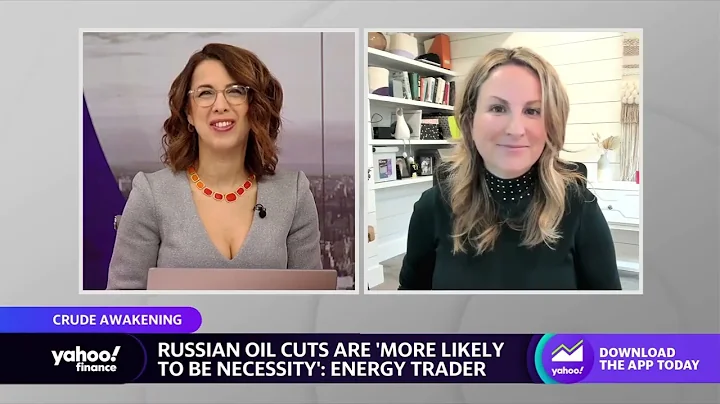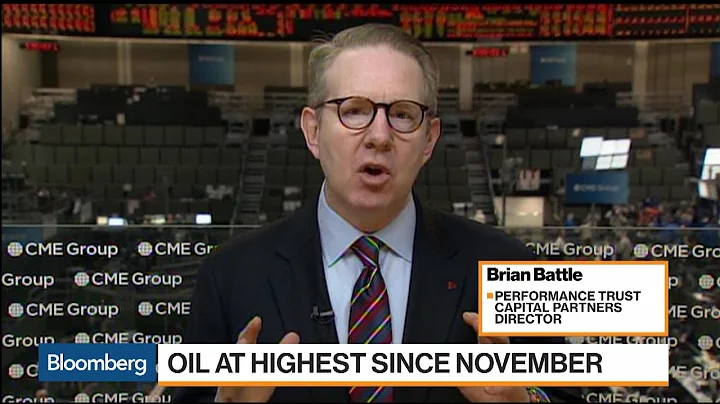On Thursday (January 10), international crude oil prices fell by about 1% as U.S. supply surged and the market cautiously waited to see the outcome of U.S.-China trade negotiations. Although China issued enthusiastic statements about the outcome of the talks, details about the talks were scant, optimism faded and financial market gains paused.

Huitong Finance Yihuitong Software shows that at 15:16 Beijing time, NYMEX crude oil futures fell 1.05% to US$51.81/barrel; ICE Brent crude oil futures fell 0.99% to US$60.83/barrel.

ICE Brent crude oil and NYMEX crude oil both jumped about 5% in the previous day, refreshing their highs since mid-2018 to $61.69/barrel and $52.58/barrel respectively, due to expectations that the U.S.-China trade dispute may soon end, easing tensions. The trade friction between the two countries and concerns that it may impact global growth have driven global financial markets to surge.
Vandana Hari, founder of Singapore consulting firm Vanda Insights, said in a report that oil prices fell as optimism spurred by Sino-US trade talks earlier this week began to fade, and official statements after three days of talks showed modest progress. , but lacks details.
Meanwhile, Morgan Stanley on Wednesday cut its 2019 oil price forecast by more than 10%, citing weaker economic growth expectations and growing oil supply from the United States and elsewhere as reasons for the cut.
Morgan Stanley currently predicts that ICE Brent oil prices will average US$61 per barrel in 2019, lower than the previous estimate of US$69 per barrel; it expects NYMEX crude oil prices to average US$54 per barrel, compared with the previous forecast of US$60.
The main source of new supply in the oil market is the United States. The U.S. Energy Information Administration (EIA) said on Wednesday (January 9) that U.S. crude oil production remained near a record high of 11.7 million barrels per day in the week ending January 4.
This caused fuel stocks to explode. The EIA also said that gasoline inventories increased by 8.066 million barrels to 248.1 million barrels, the largest weekly increase since December 2016; distillate inventories increased by 10.611 million barrels to 140.04 million barrels.
Although crude oil inventories fell by 1.68 million barrels to 439.7 million barrels, they were still above their five-year seasonal average of 435 million barrels.
The surge in U.S. crude production runs counter to efforts led by the Organization of the Petroleum Exporting Countries (OPEC) to cut supply. The latter aims to harness emerging supply gluts.
Morgan Stanley said: "Balancing the crude oil market requires OPEC to implement production reduction disciplines and extend it into 2020."
U.S. crude oil is expected to have room for a fall of more than $2 in the short term
U.S. crude oil may have already started to decline from $52.58 (( The trend is adjusted in the 4)) wave, with the lower support levels looking at $50.64 and $49.44, which are respectively the 23.6% and 38.2% Fibonacci retracement levels of the upward ((3)) wave starting at $44.38.

((4)) The extreme target of wave adjustment is looking at $46.98, which is the end of wave ((1)). These waves are all sub-waves of the big A wave that started at $42.36. The A wave is part of a larger upward (II) wave, which will present an ABC three-wave rebound structure.
 html Looking at the 0-day cycle, oil prices have stabilized above US$50.50, and will further challenge US$55.55 and US$59.63 in the future. They are the 23.6%, 38.2% and 50% Fibonacci retracement levels of the downside from $76.90-$42.36.
html Looking at the 0-day cycle, oil prices have stabilized above US$50.50, and will further challenge US$55.55 and US$59.63 in the future. They are the 23.6%, 38.2% and 50% Fibonacci retracement levels of the downside from $76.90-$42.36.





















